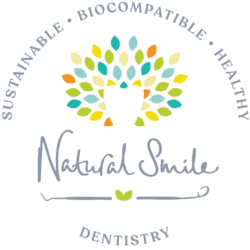- Why you might want to remove them,
- The risks and benefits of removing them.
- When we will and won’t remove them
- And thinking about the question that not many people ask when they think of amalgam removal what you will be replacing them with.
All of these questions are answered on this page so if you haven’t already it definitely worth a look
Minimising mercury vapor and dust production: Removing the Amalgam:
- We aim to ‘loosen’ and removed the filling intact, rather than drilling it away, in as few pieces as possible, a technique known as ‘chunking’. This entails:
- Detailed assessment from x-ray of what is ‘locking’ the filling in to assess how it can be most straightforwardly removed. Using a very fine sharp high speed bur (drill) we cut a channel around the outside of the filling and, if necessary section it into pieces, releasing it at the points identified and enabling it to be lifted out in ‘chunks’ – a new dental bur is used each time to ensure accurate cutting and easy removal.
Minimising dust and vapour absorption: Patient Protection:
- Clothes are covered with paper dental bibs
- Safety glasses are provided for eye protection
- Cotton wool rolls and gauze are placed
- Use of high volume suction and continual addition of water spray are supplied to the site where the amalgam is being removed
- The operators also protect themselves with a filtered mask, eye and face shields.
OPTIONAL ADDITIONAL PROTECTIVE ITEMS:
For your additional piece of mind we are also able to offer the following additional protective items, choose from option one or option two below. Because these options take additional surgery time and use more materials there is an additional fee as noted. To enable us to set up the surgery correctly for your treatment please let us know if as soon as you can if you would like to go ahead with one.
(OPT 1): (Additional cost £85)
- Clothes are covered with a plastic apron as well as paper dental bibs
- Dampened gauze is placed under the safety glasses to further protect the eyes;
- A cap for hair protection
- A RUBBER DAM (a rubber sheet that fits over the tooth) is customized to fit and isolate the filled tooth/teeth to prevent debris from contacting the oral mucosa;
- A sealer is used to seal around the edges of the rubber dam to prevent any ingress
- A paper liner is placed over the face under the dam
- ACTIVATED CHARCOAL is placed on dampened gauze underneath the dam – This helps to intercept particles and to chelate any dissolved metals that may seep under the dam.
(OPT 2): (Additional Cost £104) As Option 1 but also includes:
- Oxygen is supplied to the patient through a nasal mask.
Once the amalgam is removed completely:
- The mucosal tissues are fully inspected and cleaned.
- The mouth is flushed with copious amounts of water, to ensure no ingestion or absorption of amalgam particulates.
- The oxygen and protective coverings are taken away
- An immediate inspection under the dental dam occurs. The gauze, cotton roll and activated charcoal/chlorella are wiped away. Gauze is then used to inspect the floor of the mouth and tongue to make sure no particulates seeped under the dam.
